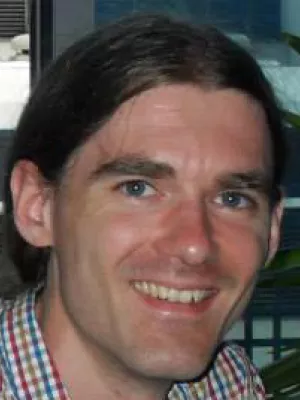
Alexander Mustill
Researcher

A giant exoplanet orbiting a very-low-mass star challenges planet formation models
Author
Summary, in English
Department/s
- Lund Observatory - Undergoing reorganization
- eSSENCE: The e-Science Collaboration
- Department of Astronomy and Theoretical Physics - Undergoing reorganization
Publishing year
2019-09-27
Language
English
Pages
1441-1445
Publication/Series
Science
Volume
365
Issue
6460
Links
Document type
Journal article
Publisher
American Association for the Advancement of Science (AAAS)
Topic
- Astronomy, Astrophysics and Cosmology
Status
Published
Project
- IMPACT: Comets, asteroids and the habitability of planets
ISBN/ISSN/Other
- ISSN: 0036-8075

